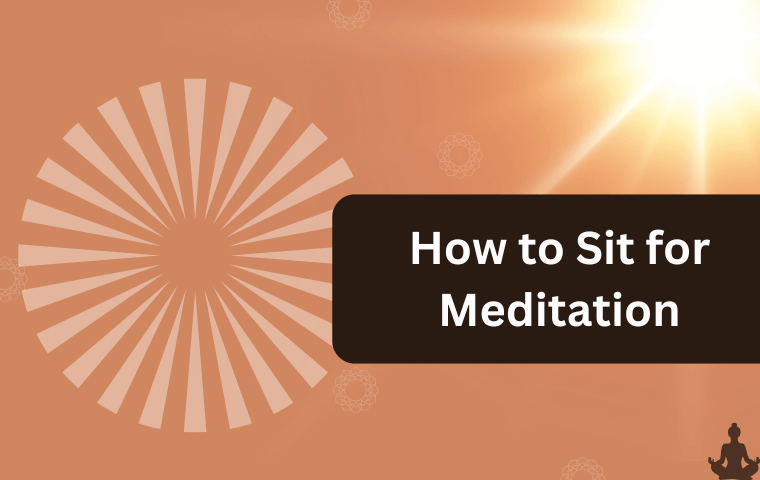Meditation is an excellent way to unwind, enhance focus, and build a stronger connection with yourself. But before you begin, it’s essential to learn how to sit for meditation in a way that feels comfortable and supports your body. The right sitting posture not only enhances physical comfort but also promotes a calm and focused mind. Let’s explore the best sitting positions for meditation.
Why Posture Matters
Your posture is the foundation of your meditation practice. A proper sitting position ensures your spine is straight, your chest is open for easy breathing, and your body feels stable. Whether you’re a beginner or an experienced meditator, learning how to sit for meditation comfortably can help you extend your sessions and reduce physical distractions.
1. Sitting in a Chair
This is one of the easiest and most accessible ways to meditate. Here’s how:
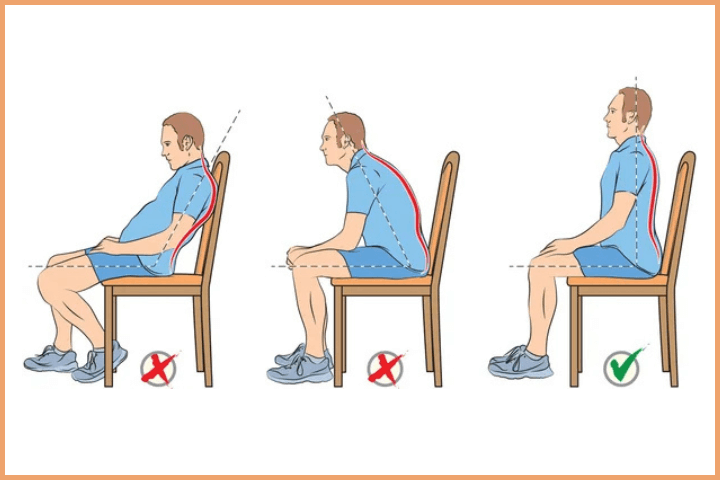
- Sit with your back straight but relaxed.
- Place your feet flat on the floor or on a cushion if they don’t reach comfortably.
- Rest your hands on your knees or in your lap.
- Avoid slouching or leaning heavily on the back of the chair if possible.
This position is ideal for those who have difficulty sitting on the floor or prefer added back support.
2. Easy Cross-Legged Pose (Sukhasana)
This is the classic cross-legged position you may remember from childhood.
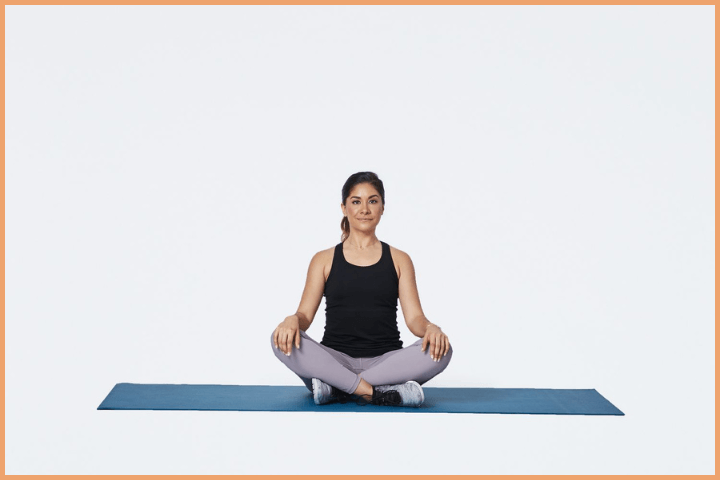
- Sit on the floor and cross your legs, with each foot tucked under the opposite knee.
- You may use a meditation cushion or folded blanket to elevate your hips, which helps align your spine.
- If your knees feel uncomfortable, place pillows or yoga blocks beneath them for support.
This pose is simple, comfortable, and great for most people.
3. Burmese Position (Legs Folded in Front)
This is a variation of the cross-legged pose:
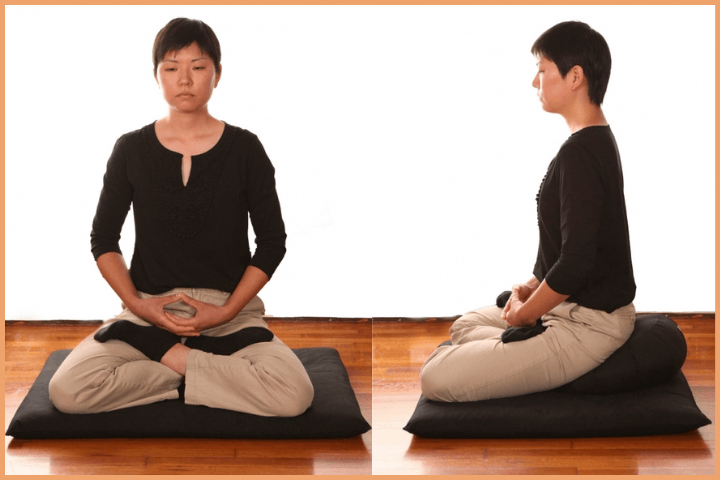
- Sit with both legs folded in front of you, one in front of the other.
- Use a cushion under your hips to reduce pressure on your legs and maintain a straight spine.
This position feels natural and offers good stability.
4. Lotus Position (For Advanced Practitioners)
The lotus pose is a more advanced option requiring flexibility. It involves:
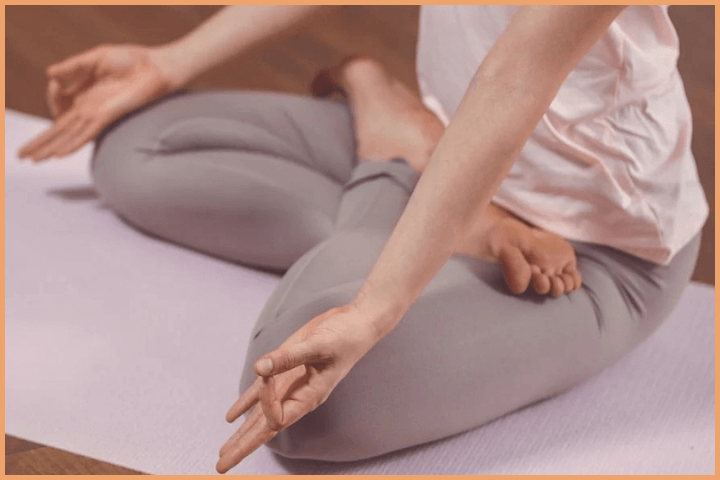
- Placing one or both feet on the opposite thighs (quarter, half, or full lotus variations).
If this position causes discomfort, try an easier variation or avoid it altogether. Always listen to your body and never force yourself into a pose.
5. Kneeling Position
For an alternative to sitting:
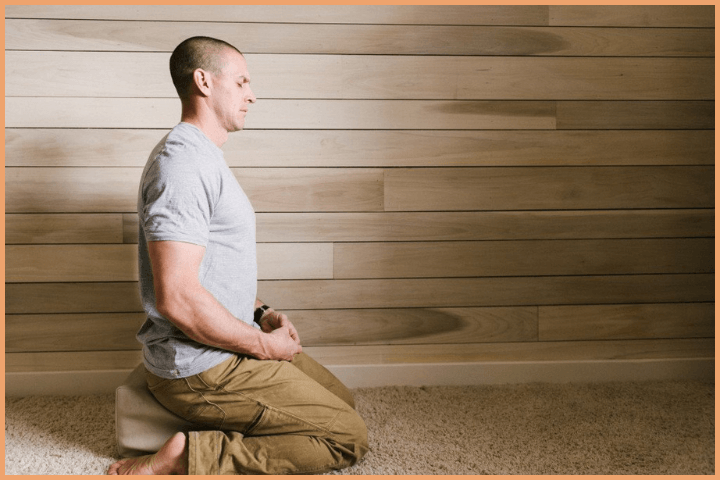
- Kneel with your hips resting on your heels.
- Place a cushion or yoga block between your legs to support your hips.
This position can help relieve tension in your legs and offers a different kind of stability.
6. Lying Down Meditation
If sitting is uncomfortable due to injury or other reasons, lying down is an excellent option:
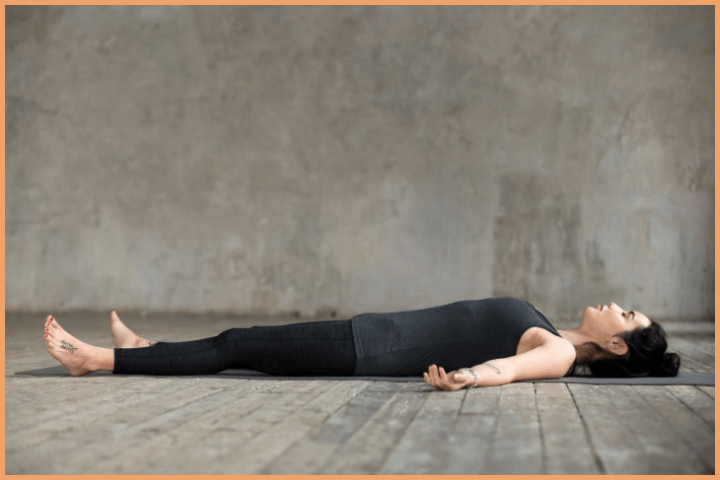
- Lie flat on your back and place your arms by your sides, palms facing up.
- Keep your legs slightly apart and allow your body to relax completely.
- Use a thin pillow under your head or knees if needed for extra support.
This position is also great for sleep meditation.
7. Standing or Walking Meditation
If sitting still feels challenging, you can meditate while standing or walking:
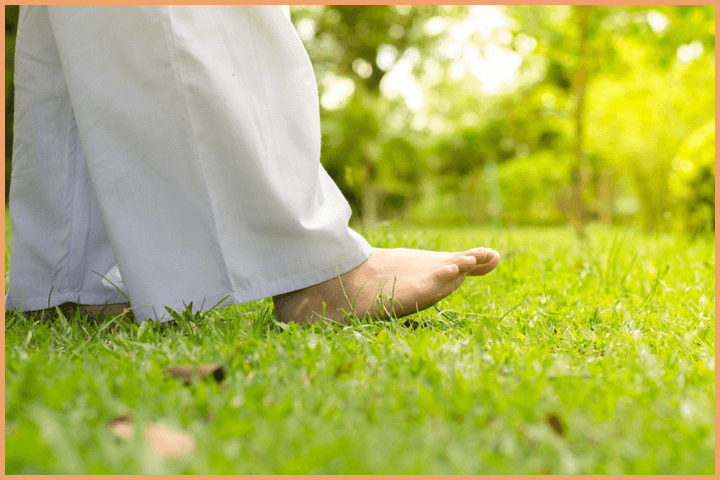
- Standing: Position your feet hip-width apart and keep your knees gently bent. Rest your hands by your sides or in front of your chest.
- Walking: Walk slowly and mindfully, focusing on each step and coordinating your breath with your movement.
These options are perfect for those who prefer movement or want to bring mindfulness into their daily life.
Tips for the Best Meditation Experience
- Keep your spine straight, but don’t tense up.
- Relax your shoulders, jaw, and hands.
- Use cushions, blankets, or yoga blocks to adjust your posture for comfort.
- Listen to your body and switch positions if needed.
Final Thoughts
The best answer to how to sit for meditation lies in what feels comfortable and supportive for you. Whether it’s sitting on a chair, cross-legged on the floor, or even lying down, the goal is to relax and focus without discomfort. Experiment with different positions, and remember, meditation is about enjoying the journey, not achieving the perfect pose.

